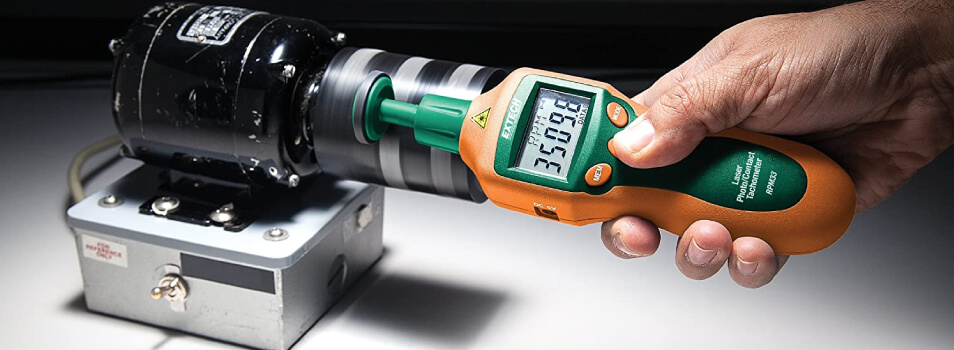
How to Use an Inductive Tachometer Effectively?
Share
In the realm of engineering and technology, understanding the workings of an inductive tachometer is essential for many professionals. An inductive tachometer is a sophisticated tool designed primarily for measuring the rotational speed of shafts. This article will guide you step-by-step on how to use an inductive tachometer, ensuring you can integrate its use into your projects seamlessly.
Whether you're a seasoned engineer or a tech enthusiast, this guide aims to break down the complexities surrounding tachometers, particularly the inductive type. We will cover its features, functionalities, and practical applications.

What is an Inductive Tachometer?
Before diving into the usage, it's important to understand what an inductive tachometer is. An inductive tachometer operates on the principle of electromagnetic induction. This tool generates a voltage signal proportional to the speed of rotation, enabling accurate speed measurements. Inductive tachometers are commonly used in automotive, aerospace, and manufacturing industries, making them a versatile tool for tech professionals.
Benefits of Using an Inductive Tachometer
There are several advantages to using an inductive tachometer:
- High accuracy in measuring RPM.
- Ability to work with a variety of surfaces and materials.
- Non-contact measurement, which prevents wear and tear.
- Durability in harsh conditions.
Key Features to Look For
When selecting an inductive tachometer, it's crucial to consider its features:
- Measurement Range: Ensure the tachometer can measure the intended RPM range.
- Display Type: Look for a clear digital display for ease of reading.
- Power Source: Consider whether it operates on batteries or direct current.
- Input/Output Options: Check for compatibility with other devices.
Step-by-Step Guide on How to Use an Inductive Tachometer
Now that you are familiar with inductive tachometers, lets discuss how to use an inductive tachometer effectively.
Step 1: Preparation
Ensure your tachometer is powered and calibrated before use. Refer to the manufacturer's manual for the specific calibration procedure, as it can vary by model. A useful resource can be found in this scientific article.
Step 2: Positioning the Tachometer
Carefully position the inductive tachometer near the shaft whose speed you want to measure. The sensor should be perpendicular to the shaft to ensure accurate readings. Maintain a small gap between the sensor and the rotating element, as suggested in various testing protocols.
Step 3: Taking Measurements
Once positioned correctly, activate the tachometer and commence measurement. The display should immediately reflect the RPM of the rotating shaft. Its advisable to take multiple readings to ensure consistency.
Step 4: Record and Analyze Data
Document the readings in an organized manner. This is crucial for analyzing trends or discrepancies later. Technology platforms can help in recording and analyzing data for better insights.
Common Applications of Inductive Tachometers
Inductive tachometers are widely used across various fields:
- Automotive Industry: Monitoring engine RPM for performance tuning.
- Aerospace: Ensuring propellers and turbines operate within safe RPM ranges.
- Manufacturing: Monitoring machinery to prevent overloads.
Testing and Troubleshooting the Inductive Tachometer
If you encounter issues with the tachometer, it is vital to know how to test it. To ensure functionality, refer to our guide on testing tachometers.
Final Thoughts
For tech professionals and enthusiasts, mastering the use of an inductive tachometer is pivotal for precise measurement in various applications. This guide has outlined the essential steps to utilize this tool effectively.
Proper understanding and usage can lead to better insights and improvements in performance, thus driving innovation in your projects.

Frequently Asked Questions
1. What safety precautions should I take when using a tachometer?
Always ensure that the machine is in a stable position and consider using protective gear when close to moving parts.
2. Can I use an inductive tachometer on all types of motors?
Inductive tachometers can be used on most shaft types, but ensure compatibility prior to use.
3. How do I maintain my inductive tachometer?
Regular calibration and cleaning are essential for maintaining accuracy. Store it in a protective case when not in use.
For more detailed guides on tachometers, you can check out additional resources on tachometer usage.
